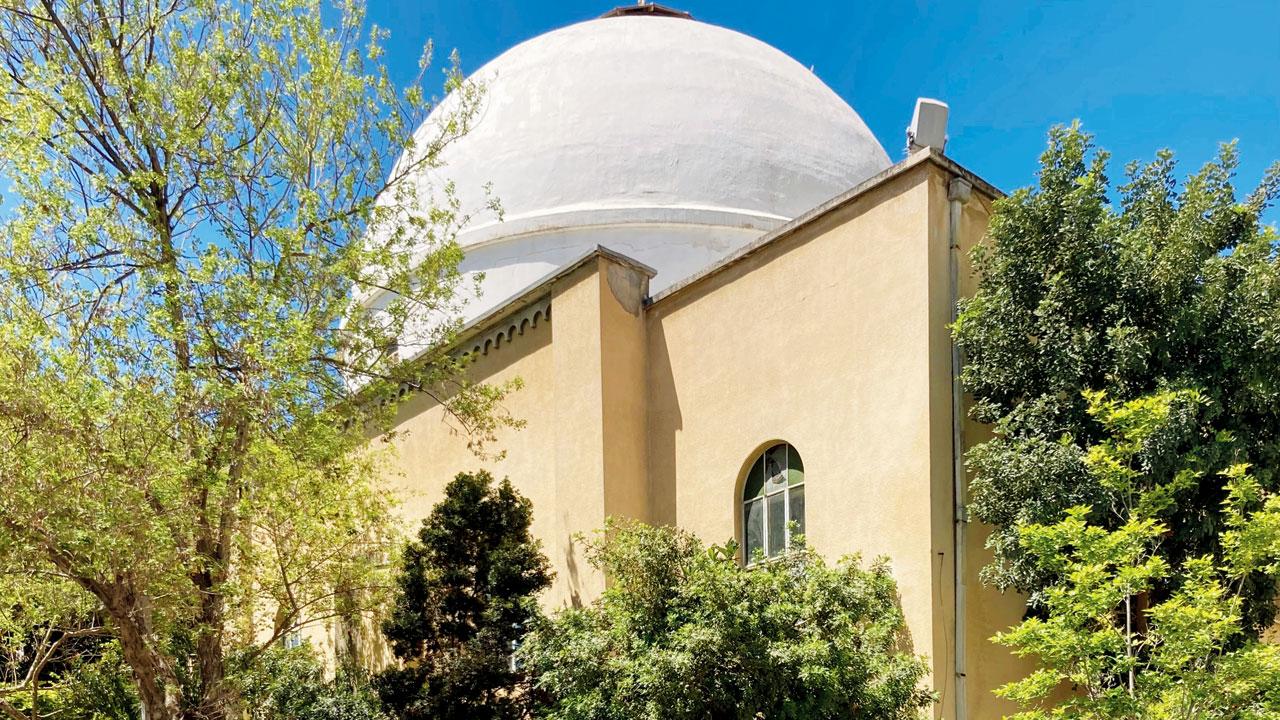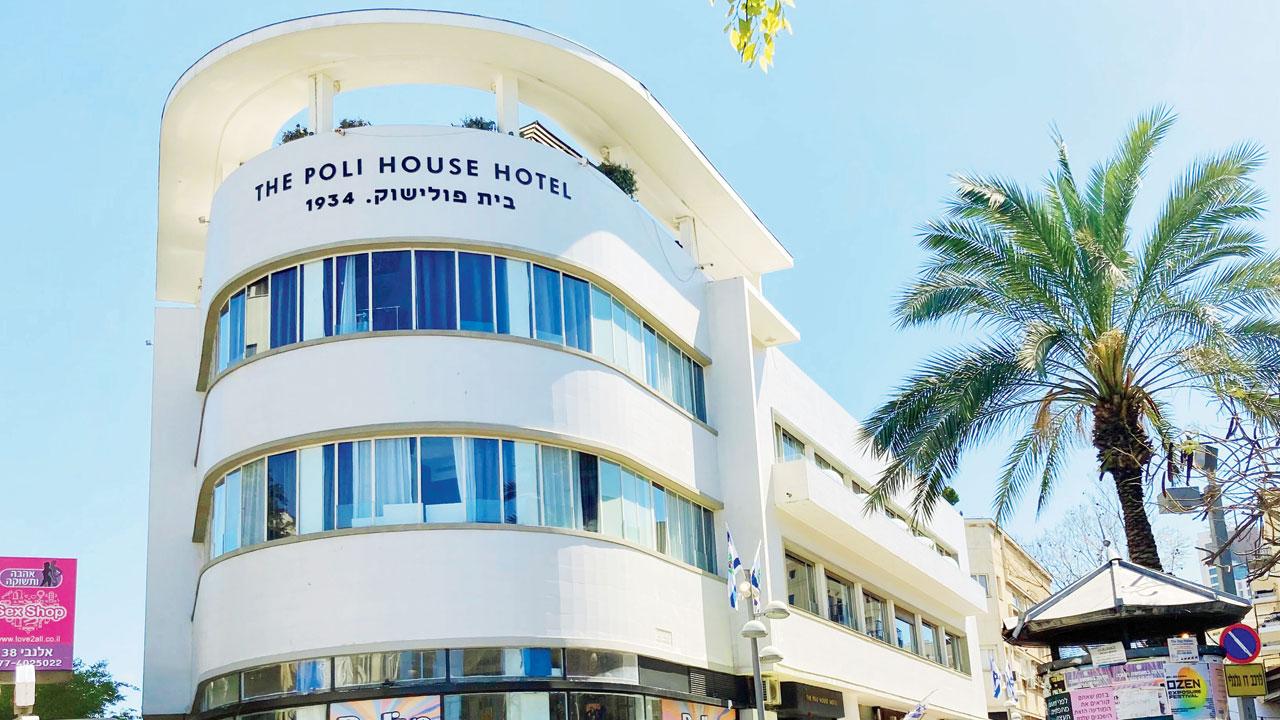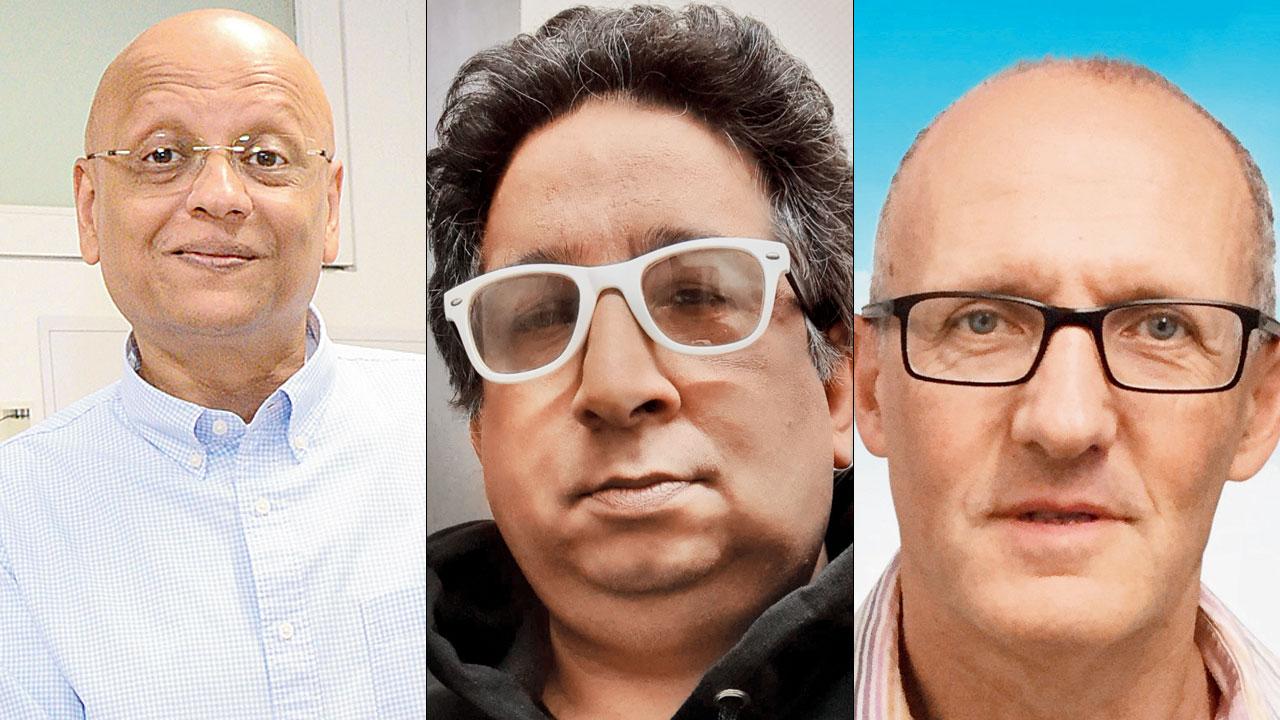What connects dual cities that are distant by over 4,000 km? A new muster compares how Mumbai and Tel Aviv residence dual graphic architectural styles that are strikingly identical

Eros Cinema, Churchgate
In a 1930s, in dual opposite corners of a world, Mumbai (then Bombay) — and Tel Aviv were witnessing a emanate of new, complicated buildings, fuelled by a high direct for housing. In Bombay, Art Deco buildings started dotting a landscape. Meanwhile, in Tel Aviv, an avant garde character of pattern — called a Bauhaus or general character — began holding shape. Perhaps opposite to a architects of a era, a dual graphic architectural styles, nonetheless distant by a stretch of over 4,000 km, are strikingly similar. And a new muster in a city will constraint these resemblances, and contrasts.

Synagogue Tiferet Zvi, Tel Aviv
Art Deco x Bauhaus: Architecture Moderne will underline scarcely 28 panels of photographs of buildings from both a cities. It is presented by Art Deco Mumbai, a Consulate General of Israel, Mumbai, and Bauhaus Center Tel Aviv, in organisation with Sir JJ College of Architecture. The beginning also outlines 30 years of tactful family between a dual countries. Atul Kumar, owner trustee, Art Deco Mumbai, shares that a thought is to emanate an civic discourse between Tel Aviv and Mumbai. “Both a cities are along a sea and were building around a same time in a ’30s. Both are UNESCO World Heritage Sites, too. Despite a same timelines, a architectural styles are dramatically different. Yet, a dual civic sprawls — a Art Deco patrol in Mumbai and White City, Tel Aviv — have so many similarities,” he adds.

Sea Green Hotel, Marine Drive
Taking us by a story of Bauhaus, Dr Micha Gross, a owner of Bauhaus Center Tel Aviv, explains that after World War 1, there was a series in Europe — not usually in a domestic sense, though in a cultured sense, too. “Ideas of democracy widespread opposite Europe. We see this change reflected in a pattern — a buildings don’t uncover decorations anymore, or differences between amicable layers and classes,” he informs us.

The Poli House Hotel, Tel Aviv. Pics Courtesy/Art Deco Mumbai, Bauhaus Center Tel Aviv
Tel Aviv’s Bauhaus pattern reflects this approach. But how did this modernist character transport to Israel? “This was connected to a conditions in Germany when a Nazi supervision rose to power. Several Jews fled to Israel [among other places]. So, there was a need to erect dwellings to residence a refugees,” Dr Gross tells us. Simultaneously, Bauhaus, a heading pattern propagandize in Germany, had to close during a Nazi regime, reveals highbrow and curator Mustansir Dalvi. “A lot of a people concerned in a Bauhaus were Jewish. Many of them changed out of Germany and staid in places like Tel Aviv, where they set adult their architectural practices, constructing avant garde buildings.”

Atul Kumar, Mustansir Dalvi and Dr Micha Gross
At a exhibition, a photographs are curated opposite typologies and themes, including hotels, schools, offices, residential buildings and a use of reinforced petrify construction (RCC), so that viewers can make a analogous study. Each row is accompanied by records penned by Dr Gross and Dalvi that set a context. The twin acknowledgement that it’s startling how these styles are so different, and nonetheless so similar. “What this muster shows us is that it’s not usually Bombay or Tel Aviv, though all over a world, it was a duration of good optimism,” Dalvi signs off.
Till: Jun 22; 11 am to 6 pm (Monday to Friday); convention during 3.40 pm today
At: Claude Batley Hall, Sir JJ College of Architecture, Fort.
Log on to: @artdecomumbai
On: Instagram to register for a seminar

